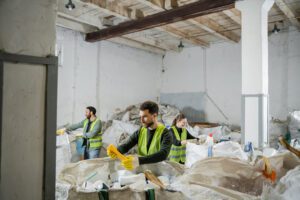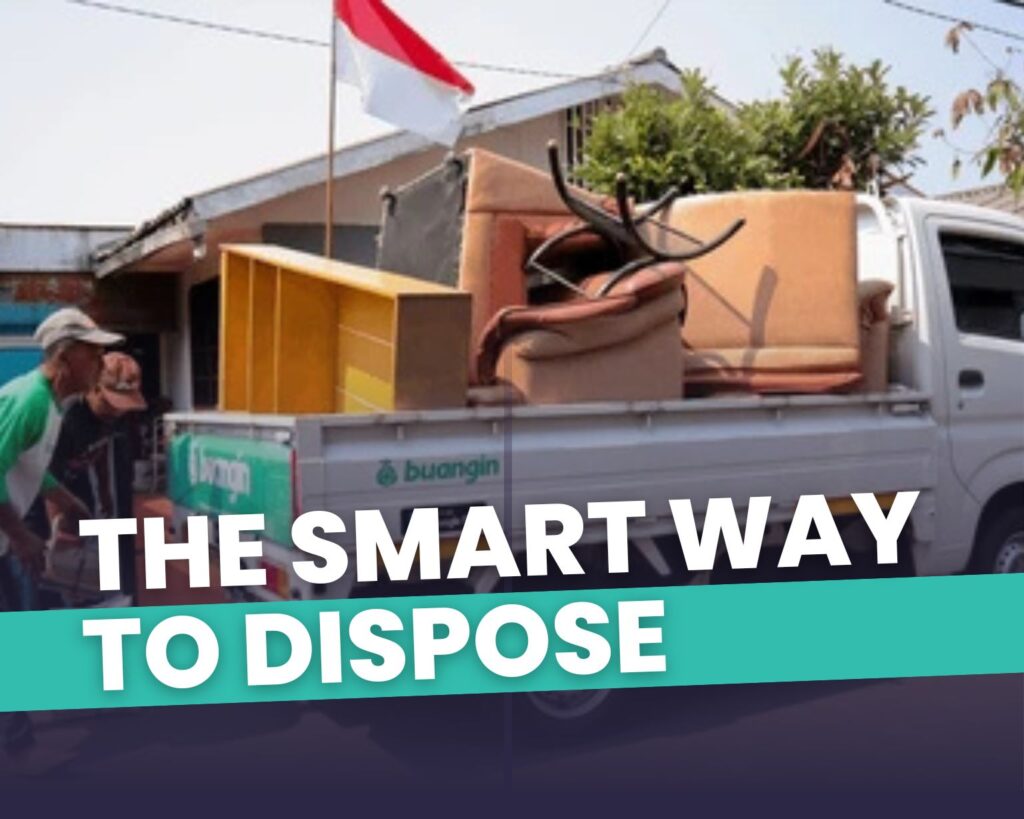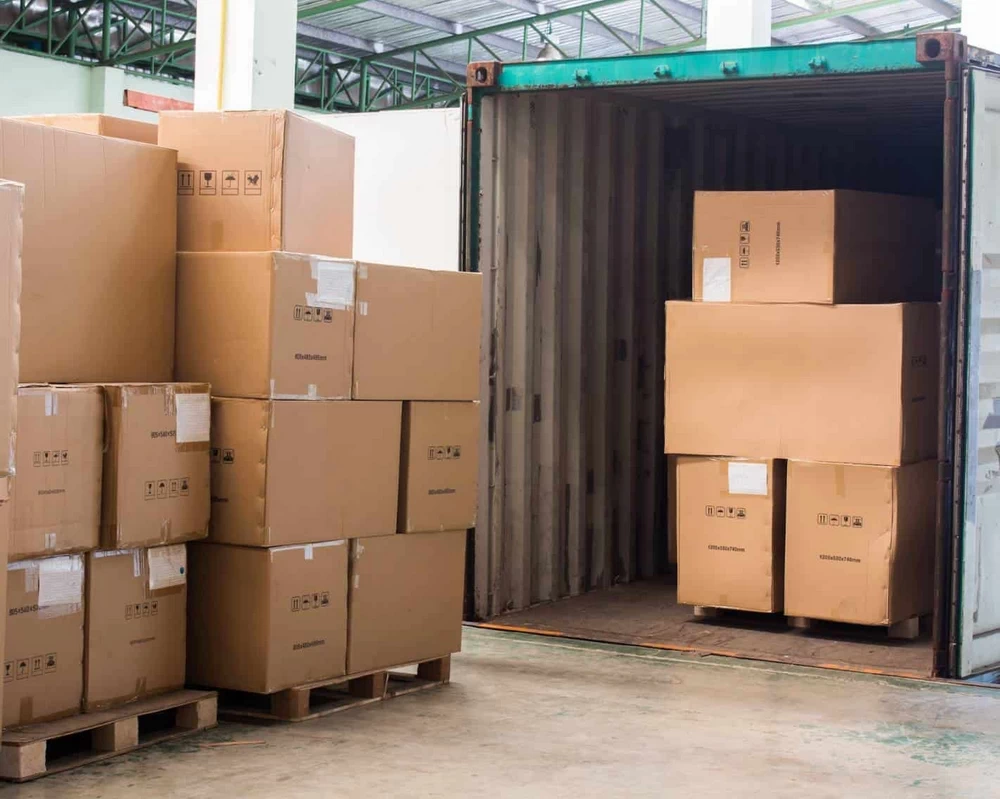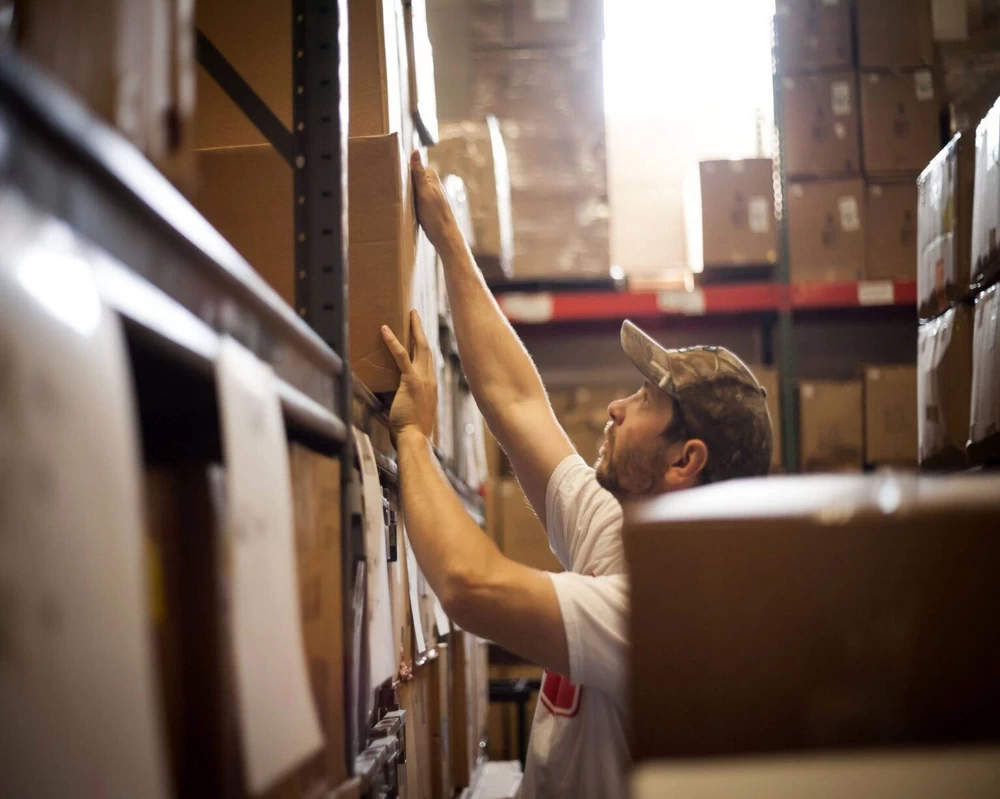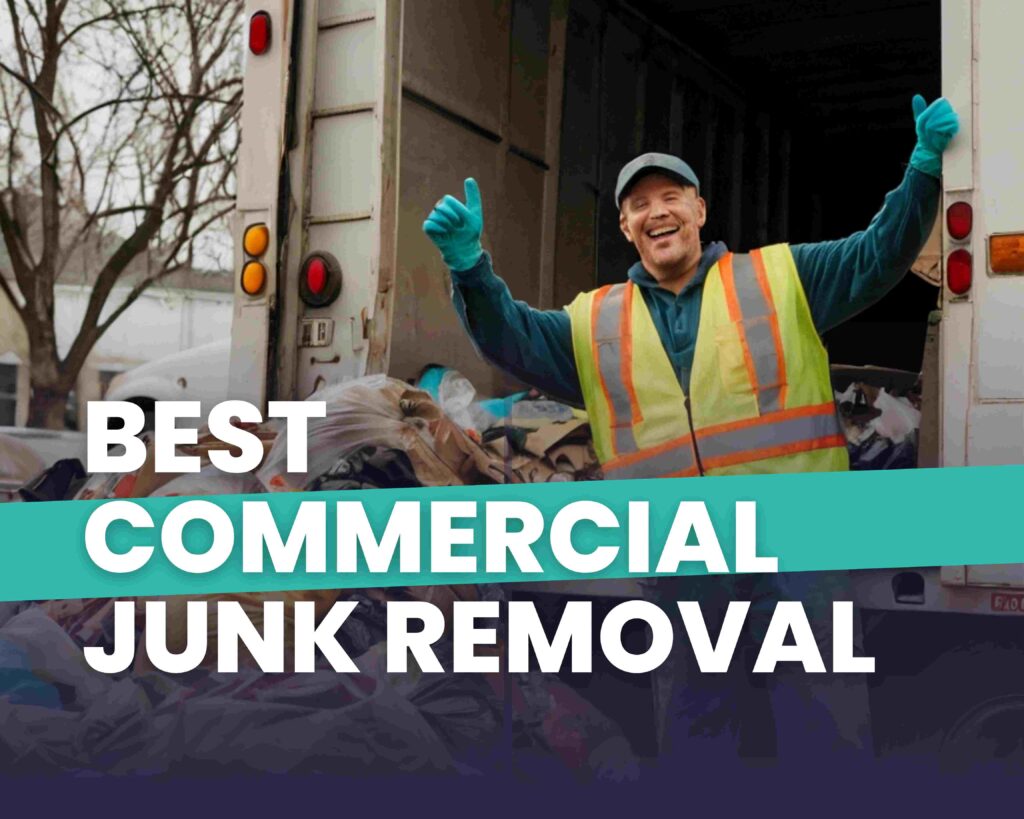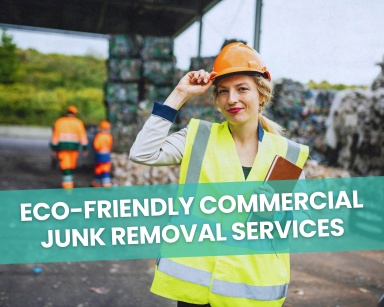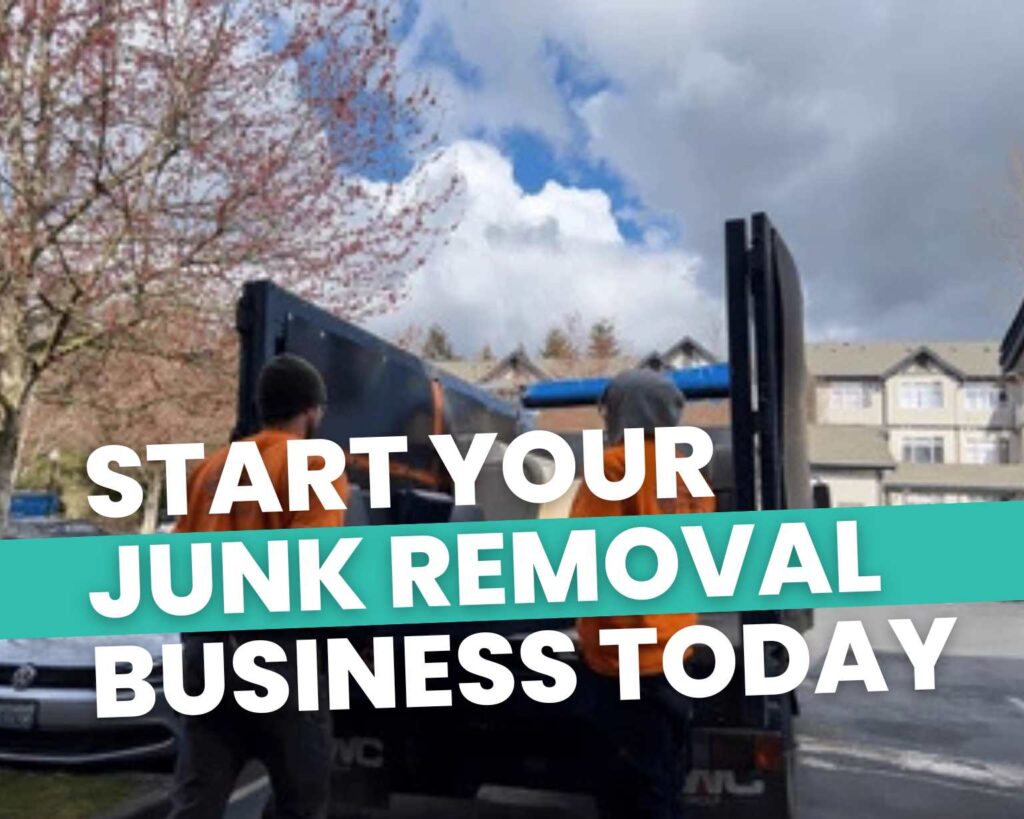Tips for the Best Way to Dispose of Construction Debris

Jessica Gonzalez
Global Chief Executive | Founder Happen Ventures
Dealing with leftover materials like concrete, metal, wood, and hazardous waste on construction sites can be daunting. Improper disposal can lead to serious issues such as soil and water pollution, health hazards, and costly regulatory fines. Finding the best way to dispose of construction debris is crucial to avoid these problems.
Improper disposal of debris can result in harmful chemicals seeping into the ground and water sources, posing risks to both the environment and human health.
Failing to manage construction waste correctly can lead to hefty fines and legal issues, increasing project costs. Therefore, effective debris management is essential to ensure compliance with environmental regulations, protect public health, and promote sustainability.
Table of Contents
What Exactly is Construction Debris?
Construction debris includes a variety of materials discarded during building or renovation projects. Common types of debris are concrete, bricks, wood, metal, and drywall. These materials can be heavy and difficult to transport, posing logistical challenges.
Hazardous materials, like asbestos, lead paint, and treated wood, require careful handling and disposal to prevent health risks and environmental contamination. Recyclable items such as glass, plastic, and metal can be repurposed if properly sorted.
The best way to dispose of construction debris involves separating these materials on-site to facilitate recycling and safe disposal, reducing overall waste and ensuring compliance with environmental regulations.
Properly handling construction debris not only promotes sustainability but also helps maintain a safer, more organized worksite.
Sorting and Segregating Debris
Efficiently sorting and segregating construction debris on-site is crucial for streamlined disposal and maximizing recycling rates.
Here are some best practices:
- Designate Separate Bins: Use clearly labeled bins for different materials such as wood, metal, concrete, and hazardous waste. This prevents cross-contamination and simplifies recycling.
- Train Workers: Ensure all team members understand the sorting process and the importance of correctly disposing of materials.
- Implement a Debris Management Plan: Develop a plan that outlines procedures for handling different types of debris. This includes identifying recyclable and reusable items.
- Regular Monitoring: Assign someone to oversee the sorting process, ensuring compliance and making adjustments as necessary.
Proper sorting is the best way to dispose of construction debris because it reduces disposal costs, increases recycling rates, and helps meet environmental regulations, creating a more efficient and eco-friendly construction site.
Recycling and Reusing Construction Materials
Recycling and reusing construction materials not only reduce waste but also save resources and costs.
Key materials that can be recycled include:
- Concrete and Asphalt: These can be crushed and used as aggregate for new projects.
- Metals: Steel and aluminium can be melted down and reformed without losing quality.
- Wood: Untreated wood can be repurposed for new construction or turned into mulch.
- Gypsum (Drywall): Can be processed and reused in new drywall or as an additive in cement.
Benefits of reusing materials in the construction industry include:
- Reduces the need to purchase new materials.
- Decreases the demand for raw materials, conserving natural resources.
- Keeps significant amounts of debris out of landfills, contributing to environmental sustainability.
- Streamlines the construction process by reusing on-site materials, saving time and transportation costs.
Planning Debris Removal Logistics
Planning to get rid of construction debris might seem tough, but it’s easier if you break it down.
First, look at how much junk you have and what type it is. Then, plan when you’ll need it picked up, especially after big parts of your project.
Make sure to understand the costs so there are no surprises. Choosing the right company is important. You need one that follows the rules and recycles a lot.
This ensures you’re using the best way to dispose of construction debris, keeping your project compliant and eco-friendly.
Happen Ventures’ Eco-Friendly Junk Removal Services
Happen Ventures makes junk removal easy and good for the environment. When we pick up construction debris, we don’t just dump it all in a landfill. Instead, we sort through everything carefully.
We look for materials like wood, metal, and concrete that can be recycled and make sure they go to the right places. For hazardous stuff, we handle it safely to avoid any harm.
We also work with recycling centers and local charities. This way, we can give usable items to people who need them and recycle what we can.
Our goal is to keep as much junk out of landfills as possible, helping to protect the environment and support our community.
If you need the best way to dispose of construction debris, we’ve got you covered!
The Bottom Line
Properly disposing of construction debris is crucial for protecting the environment, ensuring safety, and complying with regulations.
By sorting, recycling, and responsibly handling waste, we can significantly reduce the negative impact on our planet.
The best way to dispose of construction debris involves careful planning and eco-friendly practices.
Happen Ventures is committed to making this process easy and eco-friendly, ensuring that as much material as possible is reused or recycled.
Our expertise and dedication to eco-friendly practices make us the best choice for your disposal needs.
Contact us today to learn more about how we can help you dispose of your construction debris responsibly and efficiently.

